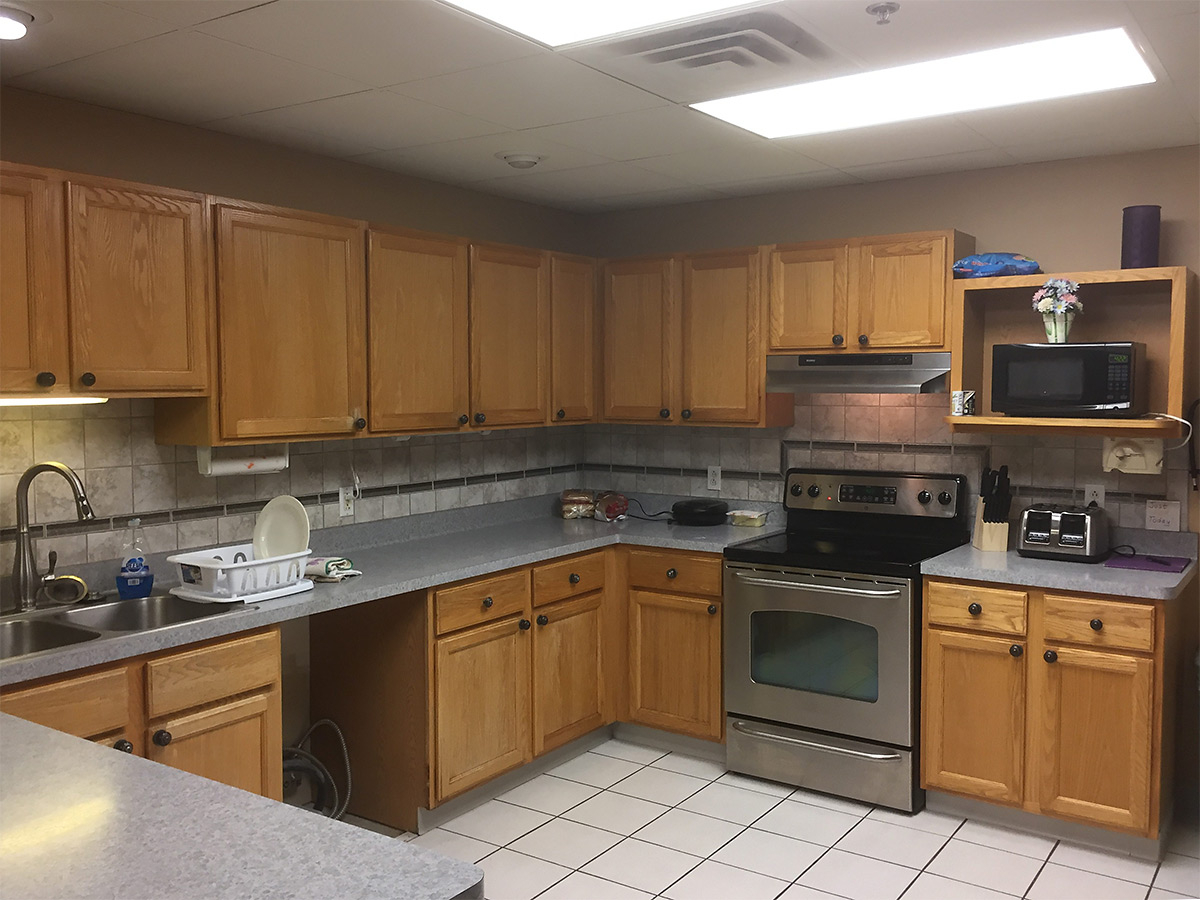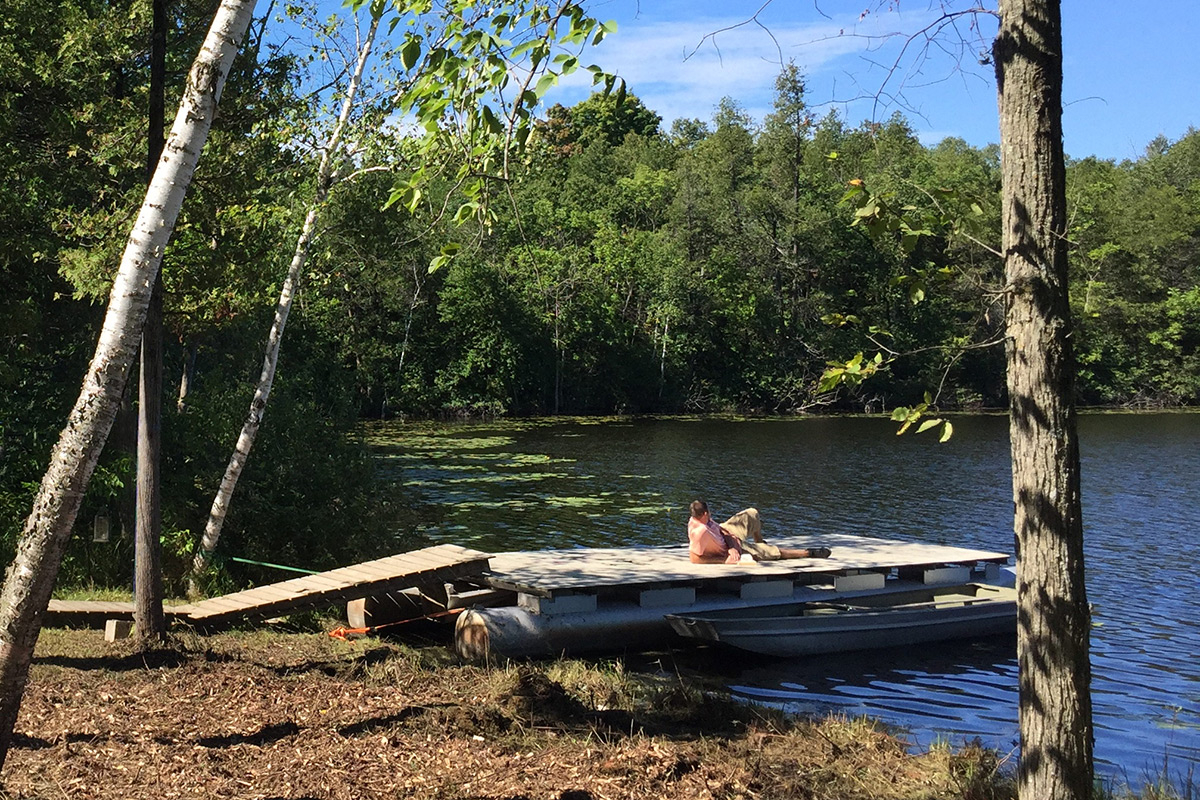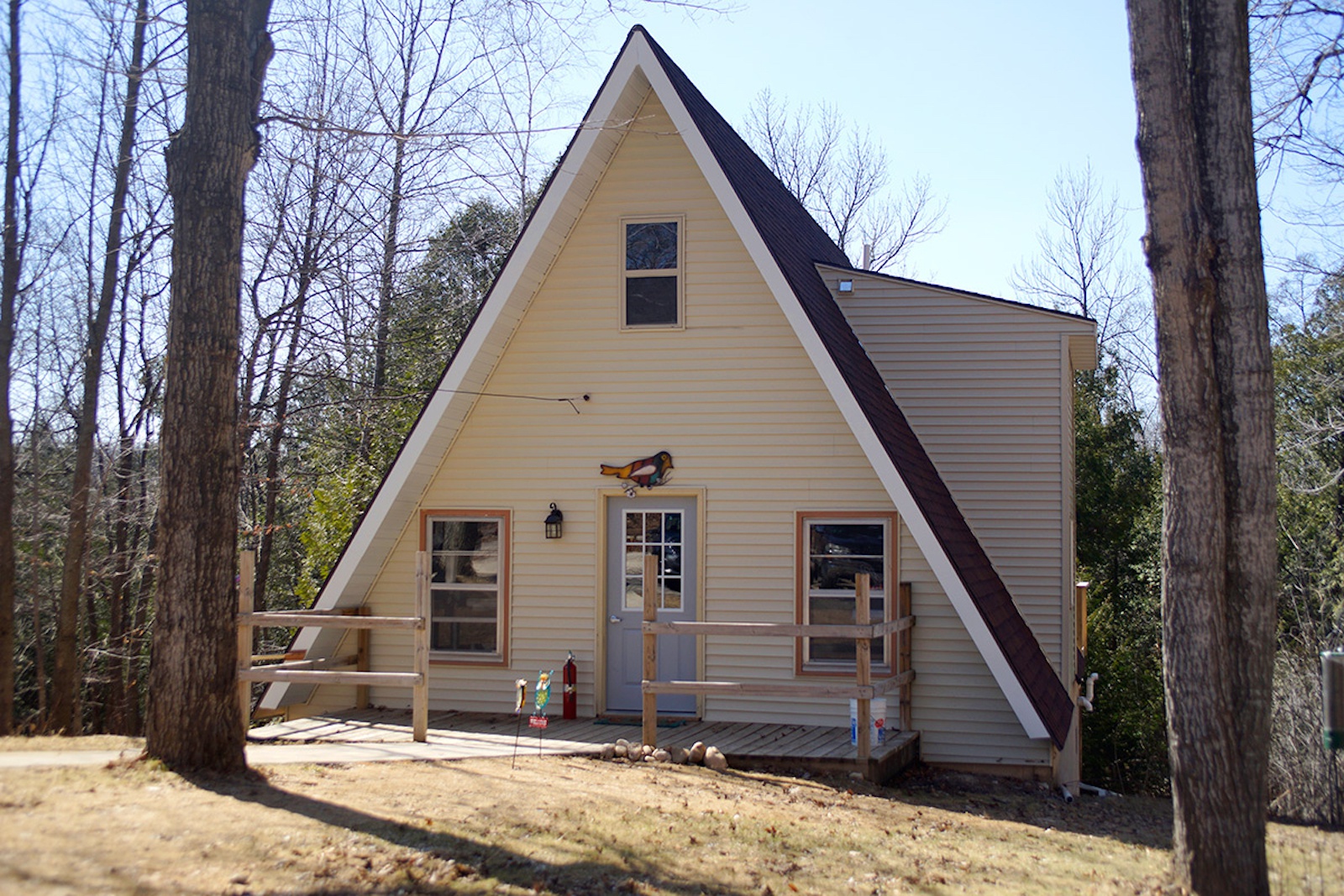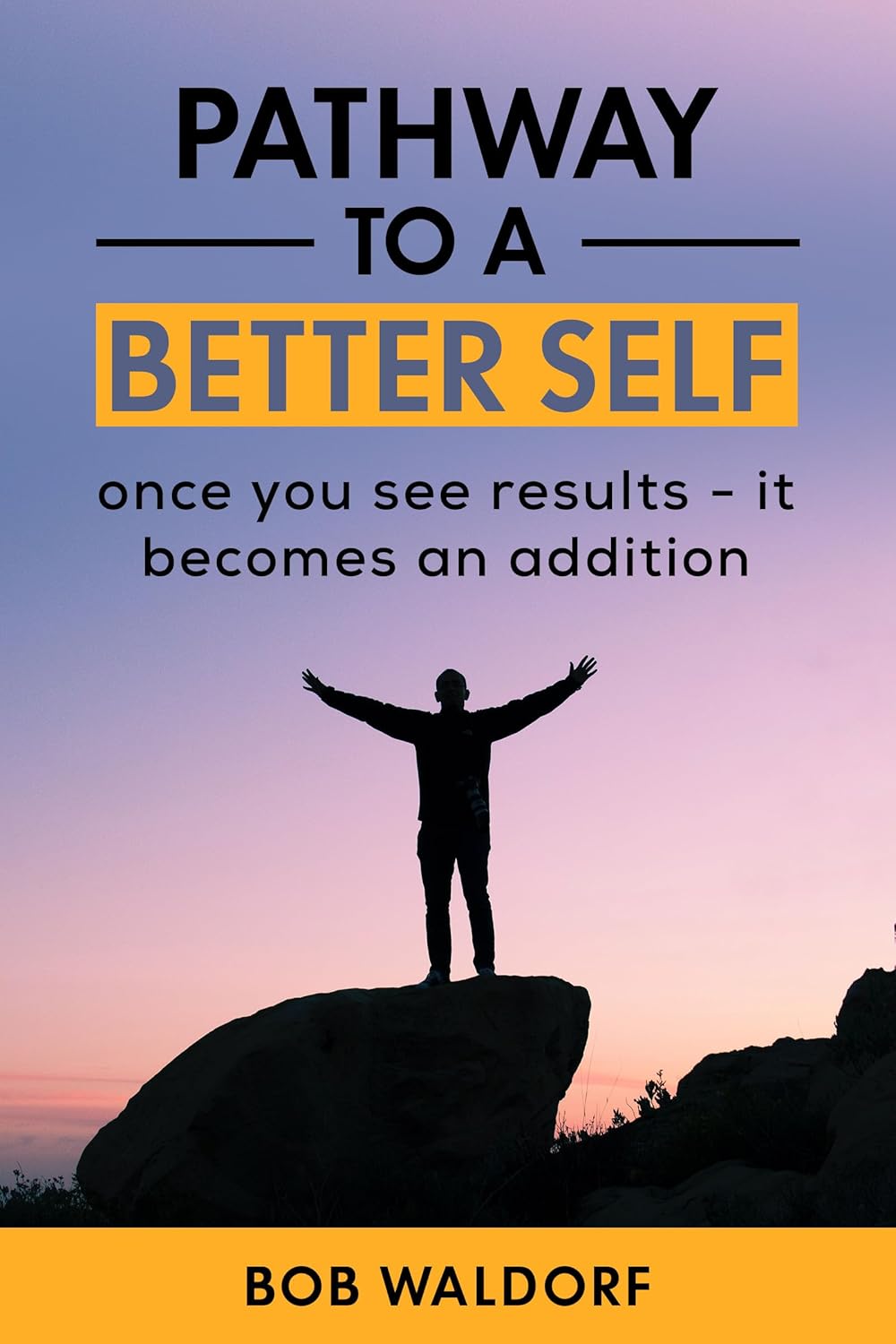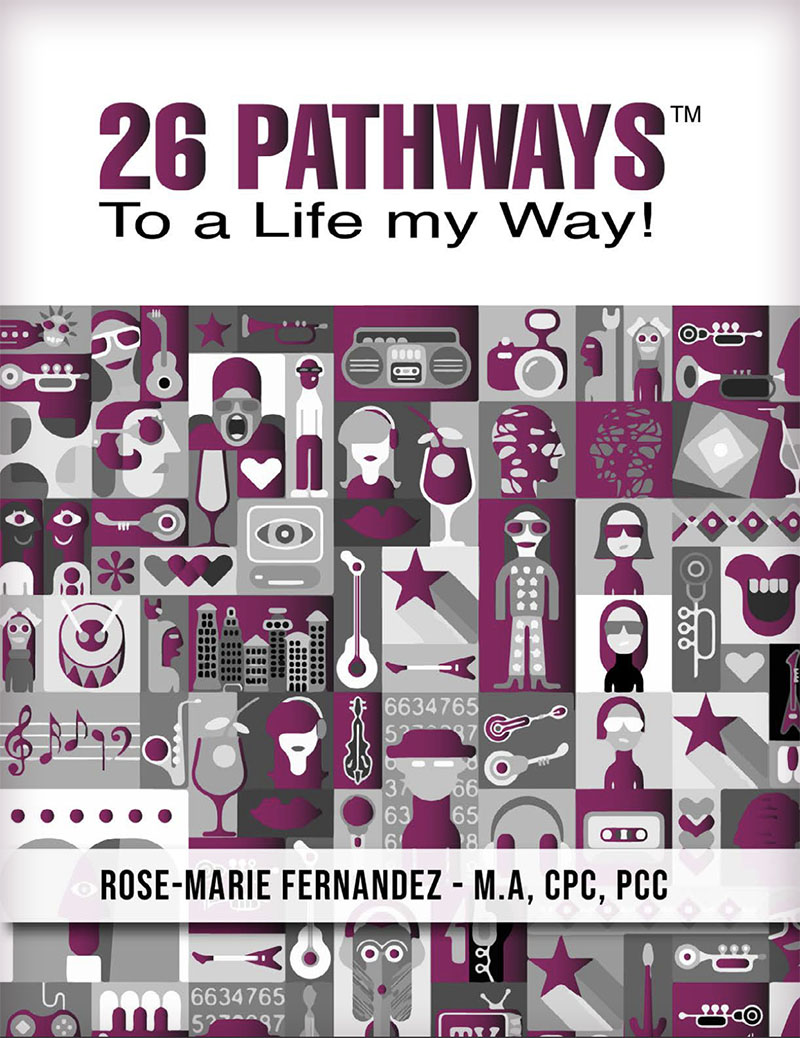Pathways To A Better Life Reviews

The aroma of freshly brewed coffee mingled with the excited chatter filling the community center. Sunlight streamed through the large windows, illuminating faces etched with hope and determination. Today was graduation day for the latest cohort of Pathways to a Better Life, a program designed to empower individuals and families striving for economic independence.
Pathways to a Better Life, a multifaceted initiative focused on providing comprehensive support for individuals seeking to improve their lives through education, job training, and financial literacy, has garnered significant attention. This article delves into the program's impact, examining the experiences of participants and the perspectives of community leaders to understand its effectiveness and areas for potential growth.
A Foundation Built on Opportunity
The program's origins can be traced back to a collaborative effort between local non-profits, businesses, and government agencies. Recognizing the systemic barriers faced by many in the community, these organizations came together to create a holistic approach to poverty alleviation.
Their aim was to move beyond short-term fixes and provide individuals with the tools and resources needed for long-term success. It all began with listening sessions, engaging directly with community members to understand their specific needs and challenges.
These conversations revealed a common desire for education, skills development, and financial stability, leading to the creation of Pathways to a Better Life.
How Pathways Works: A Multifaceted Approach
The program is structured around three core pillars: Education & Skills Training, Career Development, and Financial Empowerment. Participants can access a wide range of services tailored to their individual needs and goals.
Education and Skills Training includes GED preparation, ESL classes, and vocational training in high-demand industries. Career Development offers resume writing workshops, interview coaching, and job placement assistance, and mentorship programs with experienced professionals.
Financial Empowerment provides financial literacy courses, budgeting workshops, and assistance with accessing affordable housing and other essential resources.
"Pathways to a Better Life isn't just about finding a job; it's about building a future," says Sarah Miller, the program director. "We provide the support and resources people need to overcome obstacles and achieve their full potential."
Hearing the Voices: Participant Experiences
Maria Rodriguez, a single mother of two, credits Pathways to a Better Life with transforming her life. After struggling to make ends meet with a minimum wage job, she enrolled in the program's medical assistant training course.
“Before Pathways, I felt stuck, like I didn't have any options," Maria explains. "The program gave me the skills and confidence to pursue a better career. Now, I have a stable job with benefits, and I can provide a better future for my children.”
John Davis, a veteran who faced homelessness after returning from service, found solace and support through the program's career development services. He received assistance with translating his military skills into civilian qualifications.
He found help in crafting a compelling resume and landing a job as a project manager. "Pathways helped me regain my footing and find purpose again," John shares. "They understood my challenges and provided the support I needed to succeed."
Quantifiable Impact: Data and Statistics
According to the program's annual report, 85% of participants who complete a training program find employment within six months. Furthermore, 70% of those employed retain their jobs for at least one year.
These numbers demonstrate the program's effectiveness in connecting individuals with sustainable employment opportunities. Independent studies have also shown a significant increase in participants' income levels and overall financial well-being.
A recent report by the Community Impact Research Institute found that for every dollar invested in Pathways to a Better Life, the community sees a return of $3 in terms of increased tax revenue, reduced reliance on social services, and increased economic activity.
Community Partnerships: A Key Ingredient for Success
Pathways to a Better Life relies heavily on partnerships with local businesses and organizations to provide job training, mentorship, and other resources. These collaborations ensure that the program's curriculum aligns with the needs of the local job market.
Ace Manufacturing, a local company, has partnered with the program to offer internships and apprenticeships in its manufacturing facility. "We believe in investing in our community and providing opportunities for individuals to learn valuable skills," says Robert Johnson, CEO of Ace Manufacturing.
"Our partnership with Pathways has been a win-win situation. We've gained access to a talented pool of potential employees, and participants have gained valuable experience and job opportunities."
Challenges and Opportunities for Growth
Despite its successes, Pathways to a Better Life faces challenges. Funding is an ongoing concern, as the program relies heavily on grants and donations.
Demand for services often exceeds capacity, creating waiting lists and limiting the program's reach. Reaching rural communities and those with limited access to transportation remains a challenge.
To address these challenges, the program is actively seeking new funding sources and exploring innovative ways to expand its services. This includes online learning platforms and mobile outreach programs.
Looking Ahead: A Vision for the Future
The success of Pathways to a Better Life offers a promising model for other communities seeking to address poverty and promote economic opportunity. By providing comprehensive support, fostering collaboration, and empowering individuals to achieve their full potential, the program is making a tangible difference in the lives of many.
As the program continues to evolve and adapt to the changing needs of the community, it holds the potential to create even greater impact in the years to come. It has the power to serve as a beacon of hope for those striving for a better future.
The graduation ceremony at the community center that day was more than just a celebration; it was a testament to the power of human potential and the transformative impact of community-based solutions. The graduates, now equipped with new skills and renewed hope, were ready to embark on their own unique pathways to a better life.
